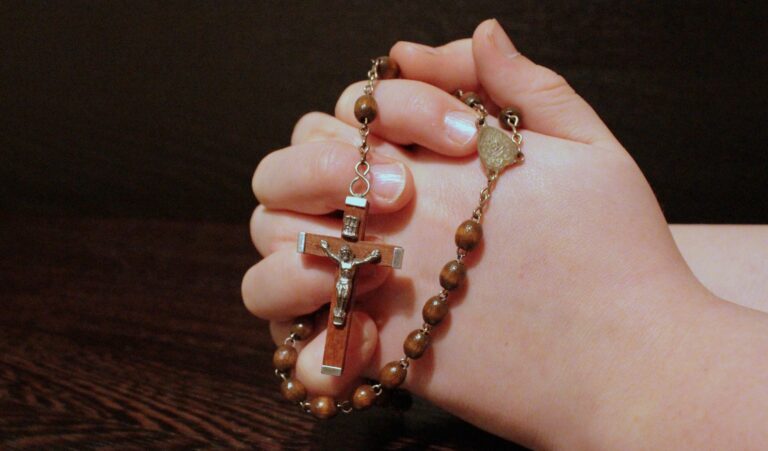
The number of Catholics in Ireland has dropped,
according to the results of Census 2022, but this change must be properly interpreted.
While there has been a decline among the Catholic population, a lot of
immigrants are religious, and the way the religion question was rephrased since
the last Census has almost certainly had an impact on the results.
Although
Ireland remains an overwhelmingly Catholic country (nominally at least), with
69pc of the population identifying as ‘Catholic’, there has been a big rise in
the number of people who ticked the “no religion” box in the last Census, from 451,941 in 2016 to 736,210 in 2022, accounting for 14pc of the
population.
Over a
fifth of those who say they have ‘no religion’ are non-nationals, which is
higher than the percentage in the overall population who are from
overseas.
Immigration
explains these trends but the significant rise of “no religion” is due also to
the changes in the religion question.
The Census
2016 question asked: “What is your religion?”. After a consultation, the
question was changed to “What is your religion, if any?” and the first response
offered was “no religion”, whereas in 2016 it was the last option.
During the
consultation process, Professor Stephen Bullivant, on behalf of the Iona
Institute, requested that the question remain in its original format to allow
proper comparison census by census. He also suggested that a separate question
measuring actual levels of religious practice be included as well. (The
submission can be found here.)
At the
following meeting of the Census Advisory Group, Atheist Ireland were
lobbying hard for two separate questions: “Do you have a religion?” and “If
yes, which...?”. Prof. Bullivant suggested keeping the 2016 question and
including “if any”. This suggestion was accepted but the CSO also offered “no
religion” as the first option, which is unusual because in polls, the “none of
the above” option is generally presented at the end, not at the beginning.
This change makes the
comparison with the past quite difficult.
For instance, in 2022
there was a significant drop of those who identify as
atheists (-87.4pc) and agnostic (-42.4pc). Most likely, those are now
recorded under the more general “no religion” answer. But “no religion” would
also include people who might not belong to an organised denomination and still
consider themselves spiritual or even believers.
An RTE poll, for instance, found that only about one third who said they don’t belong
to a religion were agnostics or atheist. Many continued to believe, without
belonging.
Since
2016, the number of Catholics in Ireland - including non-Irish citizens - has
dropped 4.9pc, from 3,696,644 to 3,515,861. But the Catholic share of a
fast-growing population has dropped further, from 78.3pc in 2016, to 69.8pc
last year. This garnered a lot of headlines.
The number
of Anglicans (which includes members of the Church of Ireland, Church of
England, and Episcopalians) slightly increased (1.7pc) and much of this
growth was accounted for by immigration.
Membership
of certain other Christian denominations fell by more than membership of the
Catholic Church: Lutherans -25.5pc, Unitarians -14.8, Methodists -12.7pc.
Evangelicals experienced almost as big a drop as the Catholic Church at
-7.7pc.
Buddhist
were also down -3.3pc, while there was huge surge of the percentage of Jainist
+160.4pc, Hindu +140.7pc, +Rastafari 78.1pc, Zoroastian +74.3pc. But they
remain small in number.
It is
interesting to note regional differences in the Census 2022 results. The
highest percentage professing “no religion” is in Dún Laoghaire/Rathdown County
Council (23.9pc), the lowest is in Monaghan (6.8pc).
The highest
percentage of Catholics is in Mayo (79.6pc), while the lowest is in the Dublin
City Council area where only 52.6pc identify as such. The centre of Dublin has
a very high number of immigrants.
The highest
percentage of Muslims is in South Dublin (3.3pc), whereas the lowest is in
Wicklow (0.7pc).
Ireland’s
religious landscape is indeed changing but it is not easy to compare results
when the key question asked about religion has changed so much.
Nessun commento:
Posta un commento